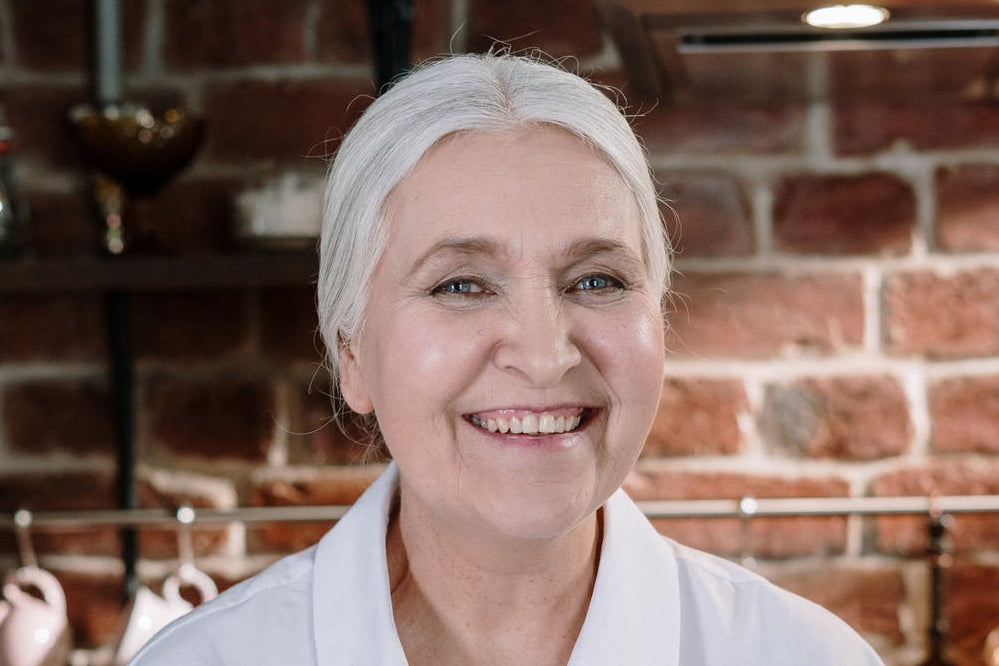Greying of hair is a fact of life for most people, as is hair loss as you age. So what are the facts about grey hair, what are the causes, and is there any effective treatment, other than dying your hair available?
Every hair follicle contains pigment cells called melanocytes. The melanocytes produce eumelanin, which is black or dark brown, and pheomelanin, which is reddish-yellow, and pass this melanin to the cells which produce keratin, the chief protein in hair. When you first start to go grey, the melanocytes are still present, but they become less active and less pigment is deposited into the hair so it appears lighter. As greying progresses, the melanocytes die off until there aren’t any cells left to produce the colour.
It is generally accepted by experts that about 50% of individuals get grey hair starting around 50 years of age. Caucasian individuals tend to go grey earlier and for some reason redheaded people start the earliest, followed by Asians, then African-Americans. However, there are no scientific answers as to why this occurs. Unfortunately, as you age you also experience hair loss whereby most individuals over age 50 have some form of hair loss.
A lot of people think stress causes your hair to go grey, but scientists say that’s not true. However, stress can certainly cause problems with your hair, because stress elevates your adrenal gland’s activity and also activates some of the receptors at the hair follicle level, which causes hair to fall out. Recently, scientific research has shown that obesity and smoking can be a factor in causing hair to go grey. These factors seem to cause a chemical imbalance and pigment producing cells become damaged and change the colour of hair.
What is a very interesting phenomenon, is that when pattern hair loss is treated with Low Level Laser Therapy (LLLT), some people find that when hair grows back it comes in darker. While no clinical studies have been conducted to prove this, some people who treat their hair loss with the HairMax LaserComb and LaserBands find that they get the 2 benefits of treatment – regrown hair and hair growing back darker. So while some grey haired people who have reported that the HairMax worked great in stimulating hair follicles and regrowing their hair, some say that the hair that they was regrown, came back dark! While it has not been proven that the HairMax treats grey hair, it is a logical hypothesis that the laser energy of HairMax Lasers might stimulate other areas of the hair follicle, such as the melanocytes, which would then begin to produce more melanin and restore the colour of their hair.
So, for those who have grey hair and pattern baldness, there may be a double benefit to using the HairMax Lasers for your hair loss – regrowth of hair and the chance of the return of colour to your hair. While no one knows for sure if grey hair will grow back darker from treatment of hair loss with lasers, at least it has been proven that if you suffer from hair loss which is a fact of life as we age, the HairMax LaserComb and LaserBand has at least been proven conclusively that it will regrow hair lost from pattern baldness.

- by Stephen Dowd
Grey Hair and Hair Loss is a Fact of Life as We Age
- by Stephen Dowd



Share:
Are there any side effects to using HairMax Laser Devices?
What the Term ‘Clinically Proven’ Means in Choosing a Hair Loss Product